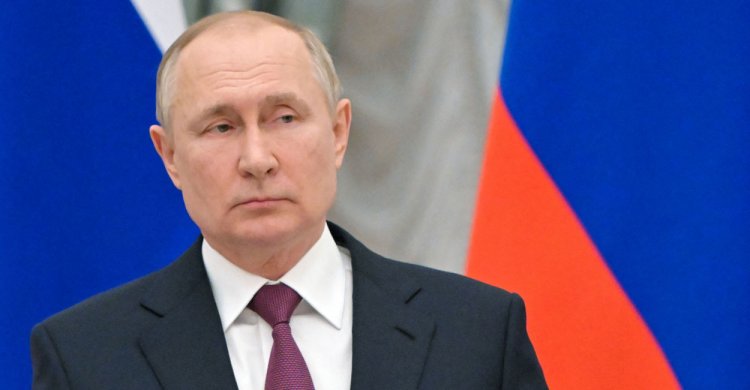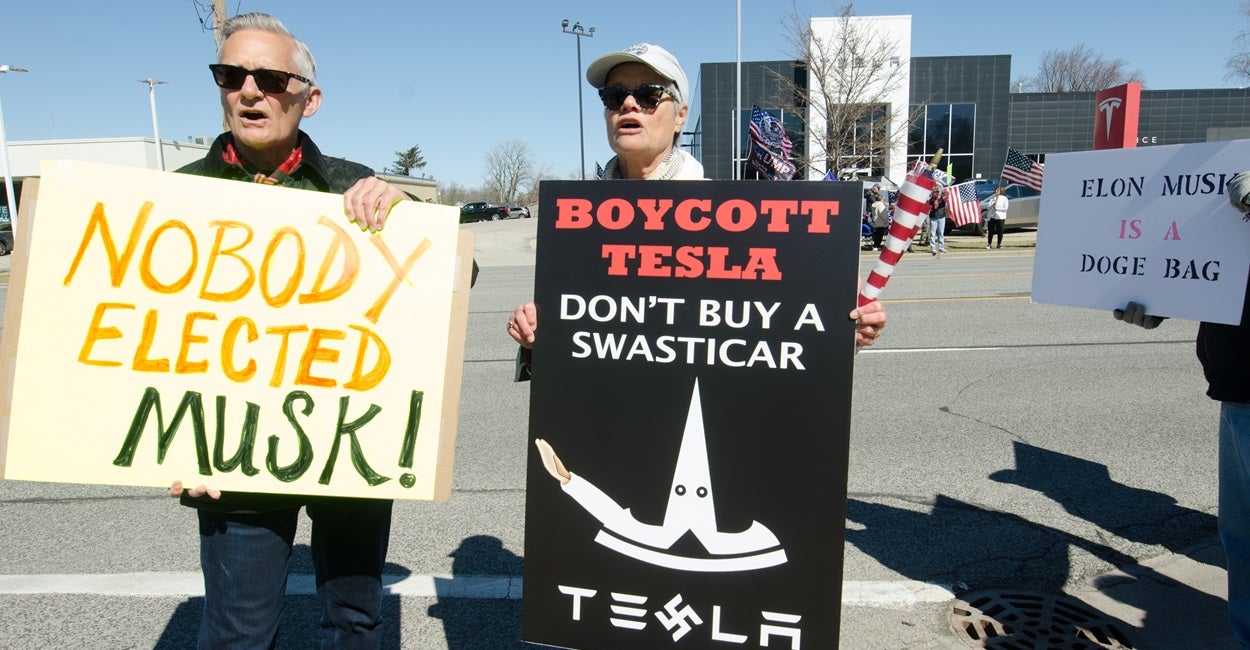Understanding Putin’s Ultimate Objective
Images we deemed purely in the realm of history are being broadcast live 24 hours a day on all media platforms. Tanks rolling down urban... Read More The post Understanding Putin’s Ultimate Objective appeared first on The Daily Signal.

Images we deemed purely in the realm of history are being broadcast live 24 hours a day on all media platforms. Tanks rolling down urban streets and European cities being shelled, as women and children look for safety in refugee convoys or in impromptu subterranean shelters. Amidst all the propaganda, crucial questions must be answered.
What is Russian President Vladimir Putin’s ultimate objective? Can the Ukrainians survive? And what should our response be?
In a previous life, I served in the British Territorial Army in a unit whose mission was to study Russian forces, understand their doctrine, and prepare for World War III.
Since then, I have served as a professor for the U.S. Department of Defense, at the Marine Corps University, specializing in counterterrorism and irregular war, finally ending up as White House strategist for the only president this century who served a term under which Moscow did not invade her neighbors.
The following answers and strategic analysis are based on my understanding of all the actors involved, and is also built upon discussions I have had in recent days with an individual who is qualitatively the most respected and knowledgeable Kremlinologist in the United Kingdom, and the senior U.S. government official who runs the program designed to make U.S. armed forces understand their global enemies. (Neither wish to be quoted by name at this time.)
These are our findings:
1. Putin has always wanted to reconstitute as much of the Soviet Union as possible. He is a former KGB colonel who has publicly called the loss of the USSR the “greatest geopolitical tragedy of the 20th century.”
He is not insane, nor is he acting irrationally as a result of drug abuse or steroids. His recent actions are the natural culmination of his decadeslong anti-West rhetoric and statements on the illegitimacy of an independent Ukraine. However, Putin has lost touch with public sentiment in Russia, is petrified of COVID-19 and hasn’t done a public event in two years, and as such is more isolated than before.
2. So far, the Russian army has performed poorly. Despite recent modernization under the Ratnik program (following its poor performance during the Russian invasions of Georgia and Crimea), armored columns inexplicably and repeatedly ran out of fuel during the invasion and often failed to move in classic protective formative to prevent attack upon vulnerable extended lines.
Nevertheless, only one-third of the forces deployed up to the border of Ukraine have actually been deployed into Ukraine, so there is a sizeable reinforcement force, and not all the (non-conscript-based) best units will have been sent in the first wave of the invasion.
3. Europe is more united than the post-9/11 combat deployments to Afghanistan a generation ago. Even historically neutral nations like Finland and Switzerland have taken the decision to arm Ukraine and sanction Moscow. However, a geopolitical realignment is occurring elsewhere. Saudi Arabia and the United Arab Emirates have refused to side with the West and Ukraine. The intentions of India and Pakistan are unclear, and Israel is refusing to robustly denounce Putin’s actions.
4. Ukrainian President Volodymyr Zelenskyy is exactly the type of leader needed now in Kyiv, an obviously courageous man with the requisite media savvy and “showmanship” crucial to rallying his people and the international community. Whilst he is not corrupt, he has many around him who are.
He was very smart to stay in country and send the parliamentary speaker abroad because the speaker could be the kernel of a Ukrainian government-in-exile should the war last for months (as Gen. Charles de Gaulle was for the French during the Nazi occupation of France in World War II). Such a government-in-exile would be indispensable for providing those at home with hope and to focus Western aid to the fighters in Ukraine.
5. In terms of escalation, tactical nukes are not out of the question. Soviet nuclear weapons used to be under Communist Party control. Not anymore. With dissolution of the Soviet Union, the Russian army controls these weapons now, and not the far stricter Politburo. If things go badly for Moscow, generals in Moscow may decide to use short-range nukes in theater.
(Note: The scenario for Russia’s major Zapad military exercise in 2009 included a conflict over Polish involvement in Belorussia, which culminated in Russian troops on Polish soil and the Russian side launching a nuclear strike on Warsaw).
America’s Role
Russia invaded a peaceful and independent nation. If allowed to annex Ukraine, Putin will not stop there, just as Hitler did not stop after the annexation of the Sudetenland, the Austrian Anschluss, or the invasion of Poland.
Whilst NATO cannot currently invoke Article 5 of the collective defense system that is the alliance, since Ukraine is not a member of NATO, there are key steps we must take, and scenarios we must prepare for:
A) Ukraine needs arms from the West. And munitions. Lots of them. Especially tank-busting systems that are simple, like the Javelins that President Donald Trump gave Kyiv when he was commander in chief. Ukrainians need more of what they can actually use now (capacity), instead of sending new weapons (capabilities) that they are not trained on.
B) The United States has peerless ISR (intelligence, surveillance, and reconnaissance) capabilities, with real-time satellite and signals intelligence (SIGINT) Ukraine desperately needs to make the Russian invading forces bleed.
It will be difficult for Moscow to maintain an effective long-term occupation if its resupply lines and command-and-control networks are accurately targeted by the Ukrainian resistance. NATO must supply intelligence to the Zelenskyy government for use as targeting packages against the invaders
C) The Russian stock market has lost more than 50% of its real value since Putin invaded and the West uniformly sanctioned Moscow. Nevertheless, Western nations are still funding Russia’s war.
Until this week, America alone was importing more than 600,000 barrels of Russian oil and petroleum products daily. This must stop. As it is, the Keystone XL pipeline from Canada, which was shut down on President Joe Biden’s first day in office, would provide 800,000 barrels a day for American consumers, not from Russia.
All decent nations around the world must cease importing Russia oil immediately. This is the only way to truly hurt Putin short of NATO initiating a war with Moscow.
Finally, we must all get ready for the long haul. And prepare for things we previously deemed inconceivable happening in real life.
The Daily Signal publishes a variety of perspectives. Nothing written here is to be construed as representing the views of The Heritage Foundation.
Have an opinion about this article? To sound off, please email letters@DailySignal.com and we’ll consider publishing your edited remarks in our regular “We Hear You” feature. Remember to include the URL or headline of the article plus your name and town and/or state.
The post Understanding Putin’s Ultimate Objective appeared first on The Daily Signal.




















